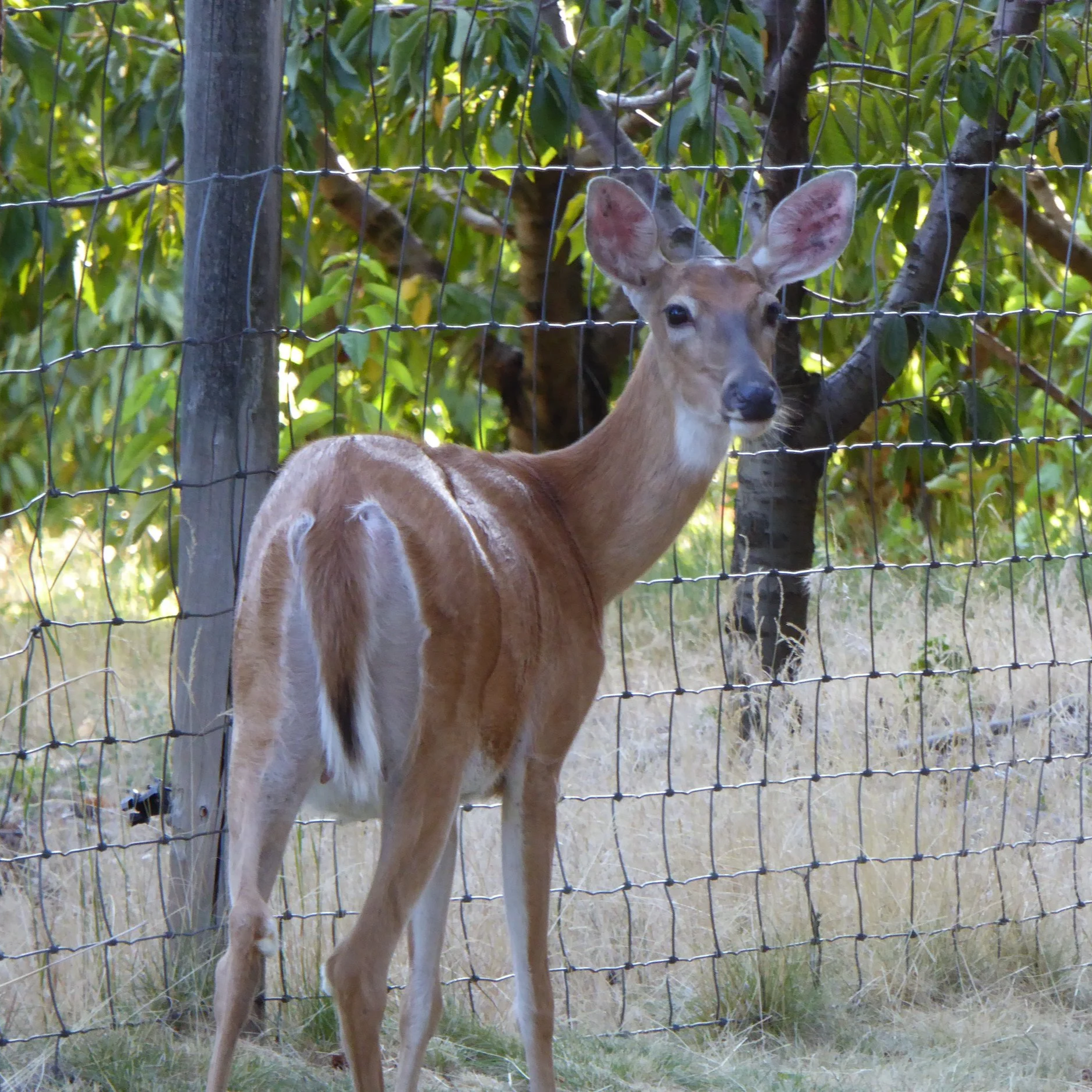The Edmonton region is fortunate to be home to a wide diversity of wildlife, from birds, to carnivores, to pollinators, to plants of all shapes, colours, and sizes. It's our responsibility as neighbours to make sure that we adapt our spaces to accommodate wildlife in a way that ensures their safety. Human structures, activities, and even our beloved pets can endanger wildlife, even if there was no harm intended.
Whether it's an acreage, a yard, or a balcony, everyone can contribute to making habitats safe for wildlife.
Learn how to remove the hazards posed by this invasive plant.
Prevent your fences from becoming a barrier to wildlife.
Learn how to keep your feline friends and wildlife safe.
Our homes and yards can host some hidden dangers to wildlife.
Dogs can impact nature and wildlife - learn how to explore responsibly.







